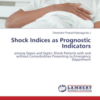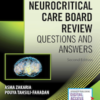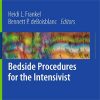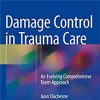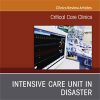Added Benefit of Noninvasive Ventilation to High-Flow Nasal Oxygen to Prevent Reintubation in Higher-Risk Patients
jamanetwork.comLiberating patients from ongoing invasive mechanical ventilation is typically a 3-step process.
First, clinicians must recognize that patients may no longer require mechanical ventilation, when the reasons for intubation are substantially improved and a number of clinical stability criteria are met.
Second, patients who meet these “readiness to wean” criteria are then assessed for their ability to breathe through the endotracheal tube with little or no assistance from the ventilator during a so-called spontaneous breathing trial (SBT).
Third, for patients who pass their SBT, clinicians must judge whether those patients will be able to sustain ventilation once the endotracheal tube has been removed, maintaining airway patency and clearance of secretions.
Over more than 30 years, investigations have followed this stepwise approach, with knowledge generated around the mechanisms of weaning failure, the best strategies to identify patients potentially ready for extubation, and the modalities to test patients’ ability to breathe without assistance (SBTs).
The decision to extubate, however, remains a clinical challenge, with 10% to 25% of patients requiring reintubation despite having passed an SBT, and no simple way to identify those at prohibitively high risk of reintubation.


